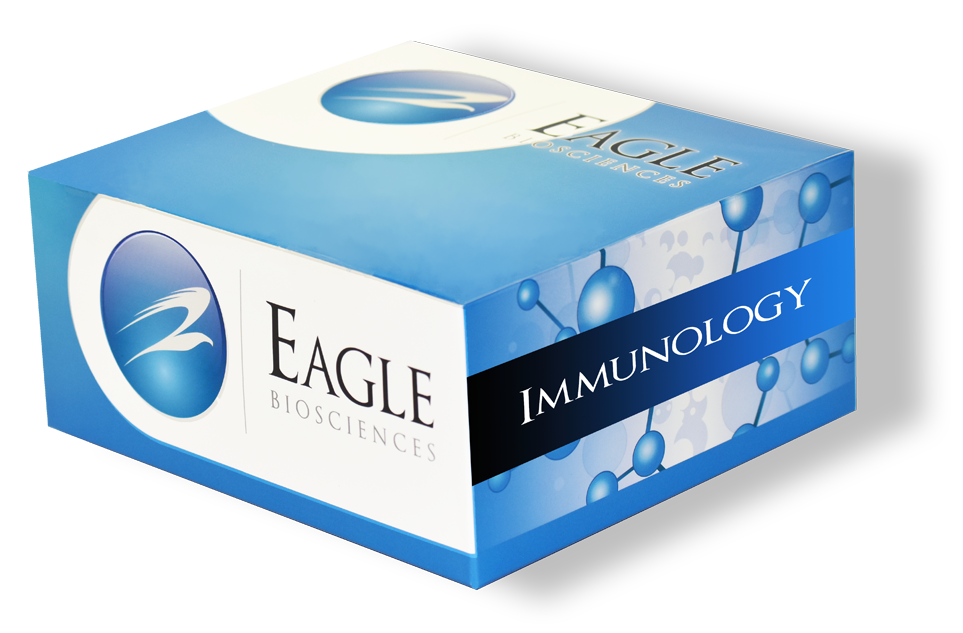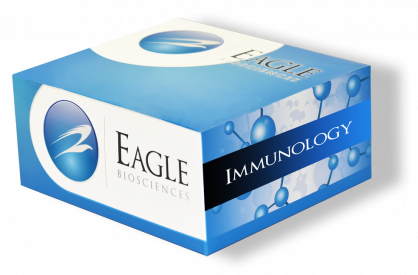Human MICA ELISA Assay
The Human MICA ELISA Assay is For Research Use Only
Size: 1×96 wells
Sensitivity: 123 pg/ml
Dynamic Range: 156 – 5000 pg/ml
Incubation Time: 3h 50 min
Sample Type: Supernatant, Buffered Solutions
Sample Size: 100 µl
Assay Background
MICA is a transmembrane glycoprotein that functions as a ligand for human NKG2D, an activating receptor expressed on NK Cells, NKT Cells, dg T-cells and CD8+ba T-cells. Recognition of MICA by NKG2D results in the activation of cytolytic activity and/or cytokine production by these effectors cells. MICA recognition is involved in tumour surveillance, viral infections, and autoimmune diseases.
Major histocompatibility complex (MHC) class I chain-related gene A and B (MICA and MICB) are transmembrane glycoproteins that function as ligand for NKG2D. These two proteins possess three extracellular immunoglobulin-like domains, but have no capacity to bind peptide or interact with b2-microglobulin. The genes encoding MICA/B are found within the MHC on human chromosome 6.
MICA and MICB have no role in antigen presentation but function as signal of cellular distress and interact with NKG2D-DAP10, the activating receptor. They are frequently expressed in epithelial tumour and may promote anti tumour NK and T-cell response.
Intestinal cells express MICA/MICB which are up-regulated under stress and in many gastrointestinal tumours. Release of MIC molecules from the cell surface is thought to constitute in immune escape mechanism of tumour cells.
MICA/MICB expression is elevated in the sera of patients with colorectal carcinoma and widely expressed in prostate carcinoma : MICA/MICB may be a novel biomarker for prostate cancer and its expression is also used as a monitor in Crohn’s disease.
Related Products
Human Asprosin ELISA Assay Kit
Human IL-18 ELISA Assay Kit
Human IL-33 ELISA Assay Kit
Human CXCL1/GRO alpha ELISA Assay Kit



